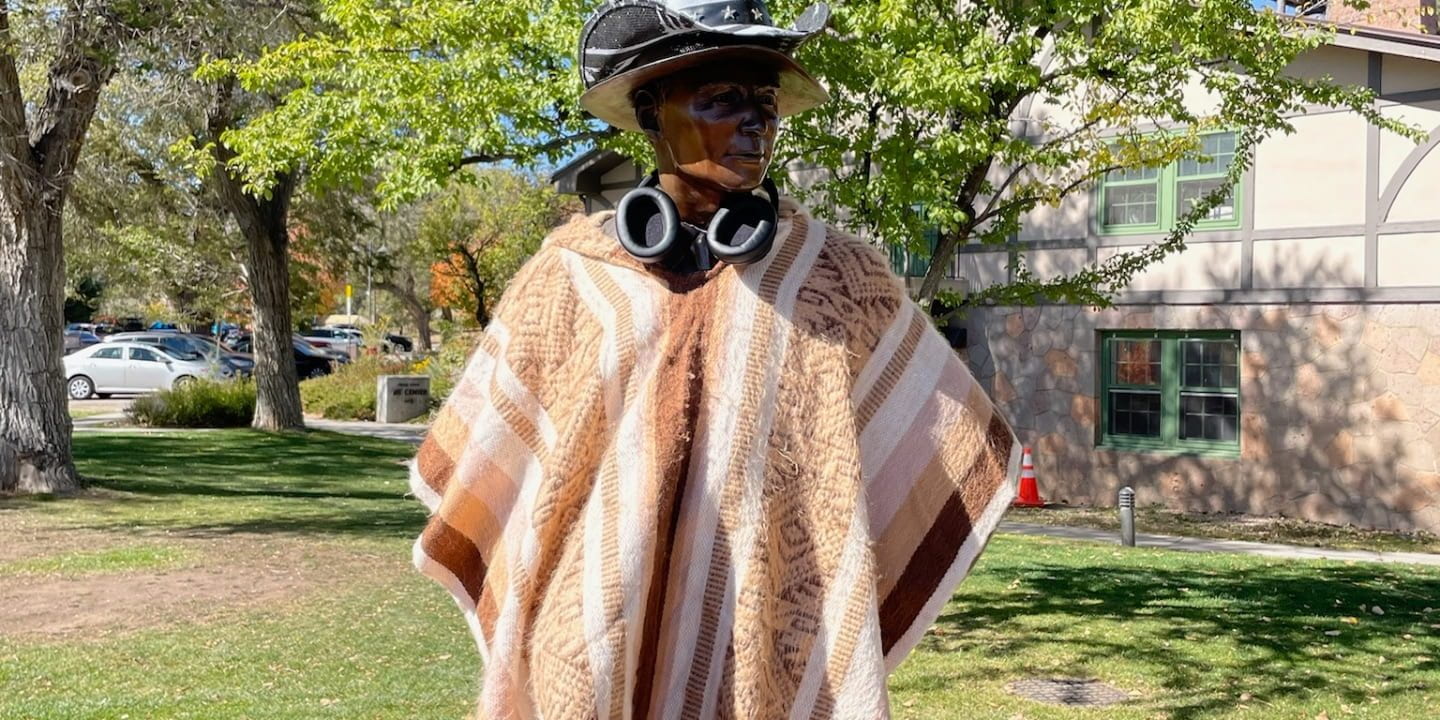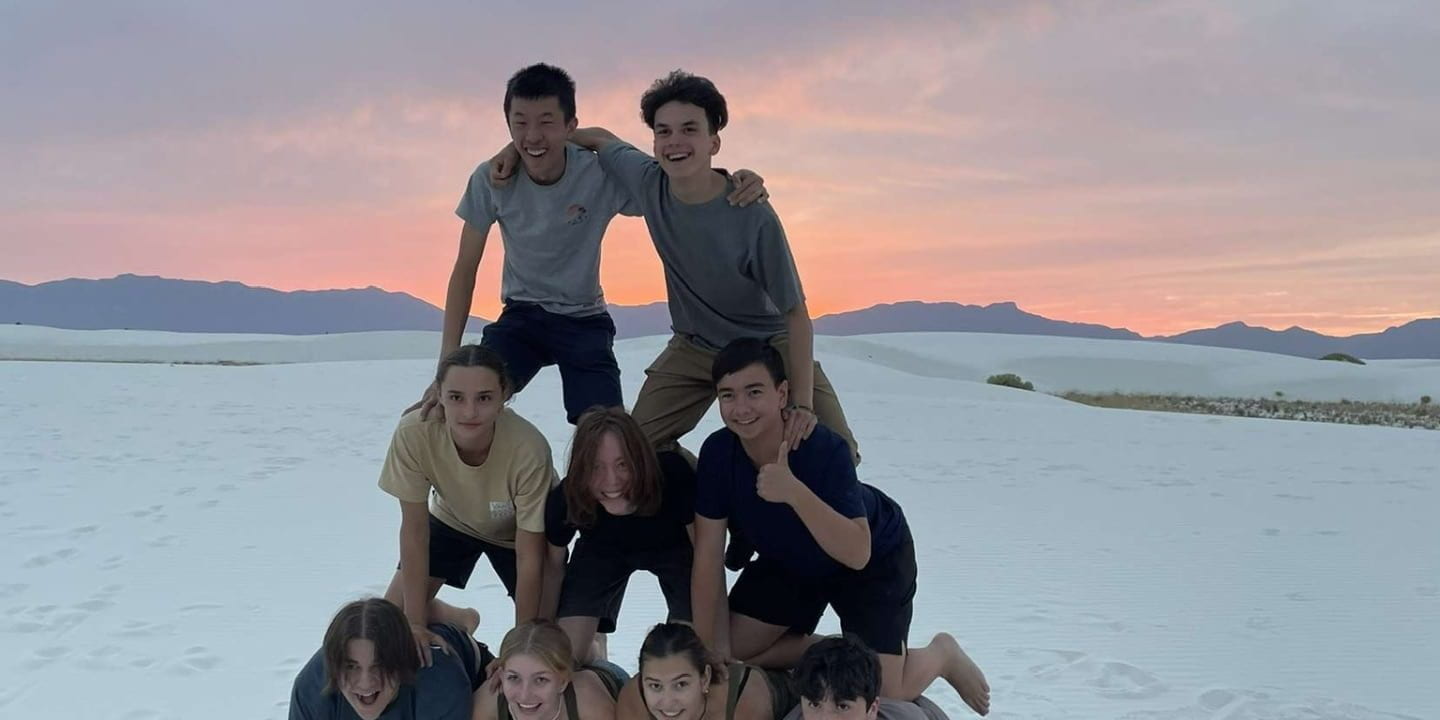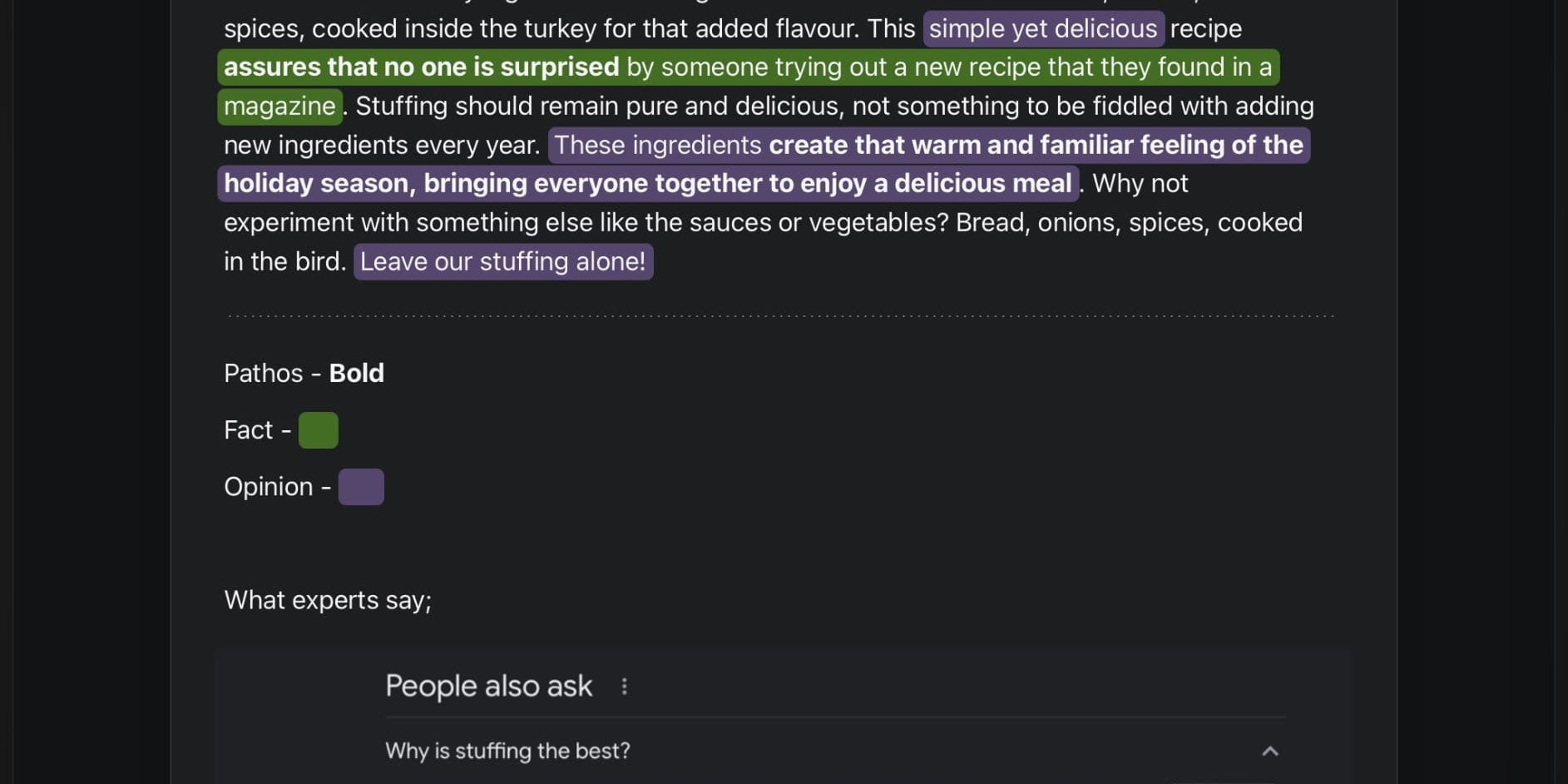Wow the first blog post of grade 11, we’ve come a long way since my first big post back in grade 8. I remember crying over writing that… anyway. So what kicked off our grade 11 year? A project about something that is “mightier than the sword”, a writing project answering the driving question “How can we use the power of written text to inspire the new PLP 8 learners?”. This project helped us get through the messy writing process and learn how to evaluate our work to real-world standards. We also had to analyze our rhetorical situation and cater our writing to our audience, and with our main audience being the grade 8’s, this was a bit different than writing for our teachers like we are used to.
Academic Writing
Before we jumped in and did our piece for the grade 8’s, we did some writing workshops and learned about the pre-writing process. We then tested this out in preparing a little academic writing piece answering the question “Why is PLP a good choice for students?”. Any good sarcastic PLP student would first think “Nooooo it’s hell not a good choice!!!” But I cracked down to research the benefits of PLP nonetheless.

I then did a rhetorical analysis pretty quickly because honestly it hasn’t been the most helpful tool for me to use so I didn’t put too much time into it.

Then was the generation of a topic sentence. I came up with 2 ideas that I wanted my topic to include; the fact that we live in a project based world, and how PBL and PLP help learners use 21st century tools and expectations to stay authentic with their work. I came up with a few but eventually settled on;
“Seycove’s Performance Learning Program adopts an authentic, real-world approach to empower learners and enable them to reach their full potential in our dynamic, project-based world.”

2 drafts later and I ended up with my final piece of academic writing. I’ll link it here for you to see – PLP Paragraph
Text for Grade 8
This is where we come back to our main driving question of “How can we use the power of written text to inspire the new PLP 8 learners?” I met briefly with some grade 8’s one morning before school with some of my peers to see what the grade 8’s are like. Really trying to take in their worldview and how they are feeling about high school. I took these notes to advise me in what to write, as there weren’t really any restrictions. I chose to go for a chill and honest tone to my message and just write a short paragraph, because I didn’t have the time or attention span in grade 8 to read essays full of cheesy advice.
I really liked my first draft which surprised me because I was thinking I wouldn’t write something that I liked right away. A few little tweaks left me with something I was really proud of and excited to share. So to all the grade 8’s out there, this is my advice to you.
How to Get Through High School… Realistically.
So, you’re now in high school. New friends, new routine, new school, everything’s unfamiliar and exciting. Until it’s not. Too many new names to remember, classes are hard, you get rained on at the bus stop in the morning. Eventually the excitement wears off and you’re left being like, “Well I guess this is my life now.” But here’s the truth: high school can be a rollercoaster, and it’s okay to feel overwhelmed sometimes. The key to getting through high school realistically is finding balance. Yes, study hard and aim for good grades, but don’t forget to make time for yourself. Join clubs or sports you’re genuinely interested in, and surround yourself with friends who are thoughtful and supportive. High school is one hell of a journey, and you’ll have ups and downs, but remember, it’s all part of the process and it’s going to be ok. Stay true to yourself, stay organized, and don’t be afraid to ask for help when you need it. Your high school years will shape you in ways you can’t even imagine right now, so embrace the experience and grow from it. You’ve got this.
Conclusion
In this project, I feel my writing grew more in the process than in the final pieces themselves. I can think more consciously about my word choice now thanks to the writing workshop and I understand how analyzing a rhetorical situation helps me inform my decisions as a writer.
So to the grade 8’s that were forced to read this post, thank you for listening and I hope PLP treats you well. And to everyone else, thank you for reading as usual and stay tuned because I will be going on a field study for the next project that will be mighty interesting. I will write to y’all again soon,
As Always, Brooke














































